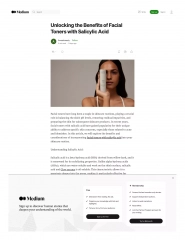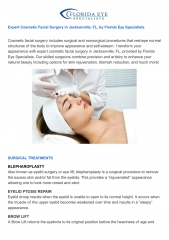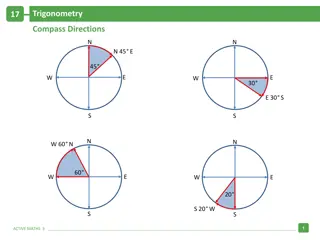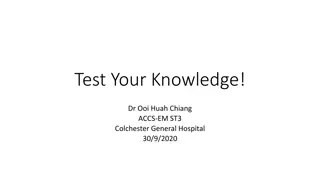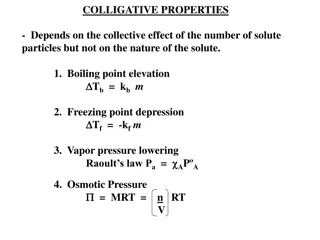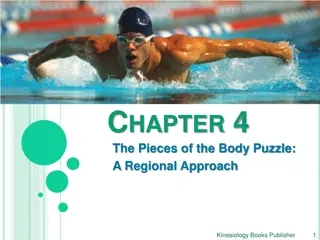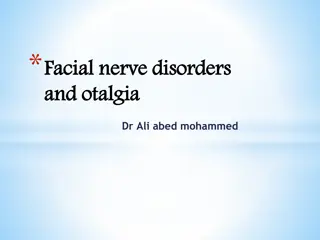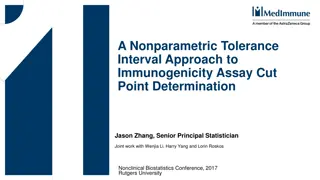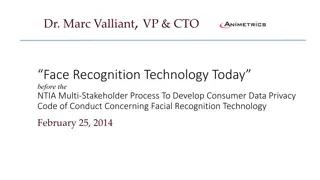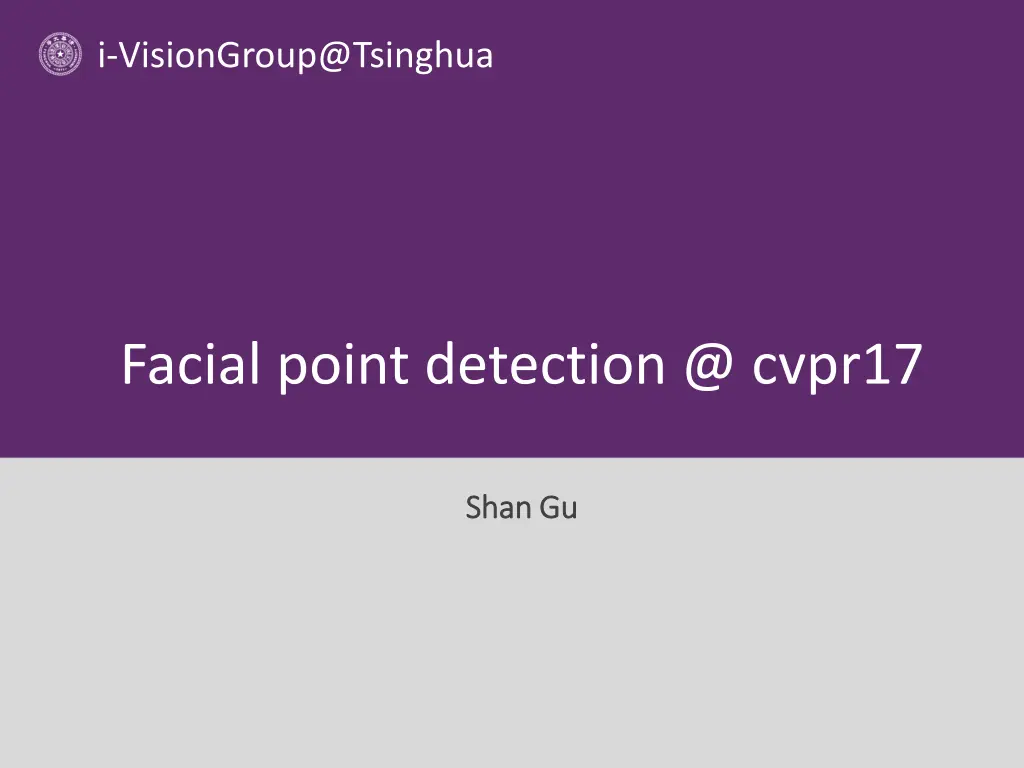
Facial Landmark Detection with Two-Stage Re-initialization Approach
Explore the innovative two-stage re-initialization approach for high-performance facial landmark detection developed by i-VisionGroup@Tsinghua. Learn about the deep regression architecture utilized and the global and local stages involved in the process. Discover how this method addresses the initialization issue to enhance accuracy and efficiency in facial point detection.
Download Presentation

Please find below an Image/Link to download the presentation.
The content on the website is provided AS IS for your information and personal use only. It may not be sold, licensed, or shared on other websites without obtaining consent from the author. If you encounter any issues during the download, it is possible that the publisher has removed the file from their server.
You are allowed to download the files provided on this website for personal or commercial use, subject to the condition that they are used lawfully. All files are the property of their respective owners.
The content on the website is provided AS IS for your information and personal use only. It may not be sold, licensed, or shared on other websites without obtaining consent from the author.
E N D
Presentation Transcript
i-VisionGroup@Tsinghua Facial point detection @ cvpr17 Shan Shan Gu Gu i-VisionGroup@Tsinghua
List Lv, J., Shao, X., Xing, J., Cheng, C., & Zhou, X. (2017). A deep regression architecture with two-stage re-initialization for high performance facial landmark detection. In Proceedings of IEEE Conference on Computer Vision and Pattern Recognition. Wu, Y., Gou, C., & Ji, Q. (2017). Simultaneous Facial Landmark Detection, Pose and Deformation Estimation under Facial Occlusion. In IEEE Conf. Comput. Vision and Pattern Recogn., Honolulu, HI. 2 i-VisionGroup@Tsinghua
A deep regression architecture with two A deep regression architecture with two- -stage performance facial landmark detection performance facial landmark detection stage re re- -initialization initialization for high for high 3 i-VisionGroup@Tsinghua
Intro Most of existing approaches focus on learning effective mapping functions with robust image features to improve performance The approach to dealing with the initialization issue however, receives relatively fewer attentions. 4 i-VisionGroup@Tsinghua
Two-stage re-initialization Global stage + local stage Register input face region (part) to a canonical shape state Estimate the coarse face detection result (global) Refine the local estimation (local) 5 i-VisionGroup@Tsinghua
Two-stage re-initialization 6 i-VisionGroup@Tsinghua
Global stage Input: initial image + rough bounding box Two subnetwork: Re-initialization subnetwork: learn the transformation parameters (such as affine transformation) (TCDCN) Regression subnetwork: estimate the coarse shape (VGG-S) 7 i-VisionGroup@Tsinghua
Local stage Similar with the global stage, four parts separately Input: transformed image + rough estimation of shape Two subnetwork: Re-initialization subnetwork: similar (only one fully connected layer) Regression subnetwork: estimate the shape increment between two shapes (VGG-S) A layer: Inverse transformer 8 i-VisionGroup@Tsinghua
Simultaneous Facial Landmark Detection, Pose and Simultaneous Facial Landmark Detection, Pose and Deformation Deformation Estimation under Estimation under Facial Occlusion Facial Occlusion 9 i-VisionGroup@Tsinghua
Intro Simultaneous facial landmark detection, head pose estimation, and facial deformation analysis Robust to facial occlusion 10 i-VisionGroup@Tsinghua
Frame Cascade iterative procedure sequentially update the landmark visibility probabilities, the landmark locations, and the head poses until convergence 11 i-VisionGroup@Tsinghua
Method Facial key points ? ?? Head pose = {???? ,???,????} Deformation ?: ? = ? + ? Facial occlusion ? = 0,1? Initialization: ?0mean shape, ?0= 1, 0= 0,?0= 0 lterately: Learning based Model based 12 i-VisionGroup@Tsinghua
Predict the facial occlusion Linear regression model Linear least squares problem 13 i-VisionGroup@Tsinghua
Predict the facial landmark locations Weighted linear squares formulation: 14 i-VisionGroup@Tsinghua
Predict the head pose & non-rigid deformation Learn the 3D deformable model: PCA to obtain the average shape ? & orthonormal bases ? Weighted linear least squares problem Iteratively update the head pose angles and deformation parameters 15 i-VisionGroup@Tsinghua
Conclusion Conclusion The importance of pose estimation Simultaneous estimation of pose and points 16 i-VisionGroup@Tsinghua

